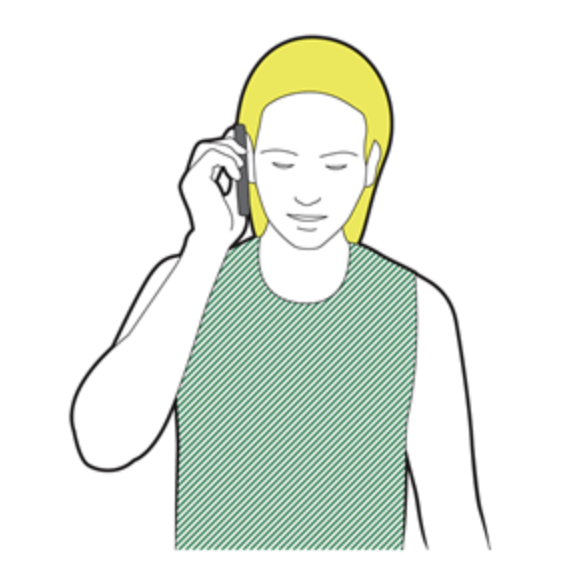Defibrillators are devices that apply an electric charge or current to the heart to restore a normal heartbeat. If the heart rhythm stops due to cardiac arrest, also known as sudden cardiac arrest (SCA), a defibrillator may help it start beating again.
The ground's Defibrillator is located in the clubhouse
STEP 1 |
After performing a primary survey, and you find someone is unresponsive and not breathing normally, ask a helper to call 999 or 112 and ask for an ambulance while you start CPR. Ask a helper to find and bring a defibrillator, if available.
|
STEP 2
|
When the helper returns with a defibrillator, ask for it to be switched on (some will have an on/off button whilst others will turn on when their case is opened). Once turned on, follow the verbal instruction from the defibrillator. Your helper should remove or cut through clothing to get to the casualty's bare chest. Dry the chest if it is wet and place the pads as shown while you continue CPR. |
STEP 3
|
They should attach the pads to the casualty’s chest by removing the backing paper. Apply the pads in the positions shown without stopping chest compressions.
|
STEP 4
|
Once the pads are on the defibrillator will tell you to stop CPR and analyse the heart’s rhythm. Make sure no one is touching the casualty. It will then give a series of visual and verbal prompts that you should follow.
|
STEP 5
|
If the casualty shows signs of becoming responsive, such as coughing, opening eyes or speaking, and starts to breathe normally, put them in the recovery position. Leave the defibrillator attached. Monitor their level of response and breathing and be prepared to start CPR again, if needed. |